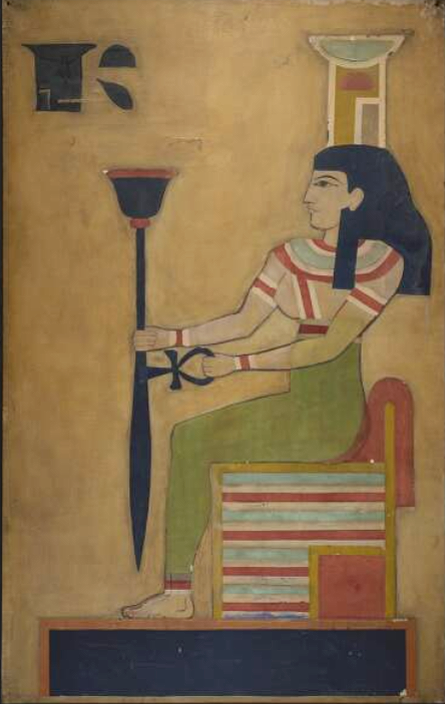Holythorn Road Trip 2 - Kilkenny
- Sally North
- Apr 6, 2022
- 3 min read
Updated: Mar 7, 2023

Kilkenny was founded as a monastic settlement under St. Canice, or Cainneach in the 6th century CE. The settlement gradually expanded and became a cathedral town. Following the Norman invasion of Ireland, Kilkenny Castle and a series of walls were built to protect the population from the depradations of the “wild Irish”. In 1317 the people of Kilkenny in the diocese of Ossory were given a new bishop, Richard Ledrede, a Franciscan Friar and an Englishman. Not long after taking up his post he convened a diocesan synod where he found that in his diocese were (apparently) members of a heretical sect. Their heresies were variously that they did not attend church and abjured the sacraments. That they offered sacrifice to demons, one in particular called “The Son of Art”, performed love magic and caused harm and death through the use of herbs and potions. The main accused was a powerfully-connected wealthy woman, Alice Kyteler, descended from a Flemish family who settled in the area for several generations. Among those accused were Robert of Bristol, John Ellen, Syssok Galrussyn, William Payne de Boly, Alice Faber, Annota Lange, Eva de Brownstown, and the unfortunate Petronilla.
Alice Kyteler, wisely, fled to England but her unfortunate servant, Petronilla of Meath (who confessed under torture) was sentenced to be burned alive, which was carried out at the Tholsall, on November 3rd 1324. The other accused were also found guilty, and some were said to have shared the fate of Petronilla (though this seems unlikely). William Outlawe (Kytelers’s son) for example, had only to carry out public penances and pay for re-leading part of the cathedral roof.
Bishop Ledrede eventually over-reached himself in accusing not only Sir Arnold de Poer, the Seneschal of Kilkenny, who had pleaded with him to discontinue his witch hunt, but also the Justiciar of Kilmainham who was keeping Poer prisoner and treated him with leniency. In an almost farcical turn of events, Ledrede himself was then accused of witchcraft by the Archbishop of Dublin, Alexander de Bicknor, who was also the Lord Chancellor of Ireland. Ledrede was forced to make a long journey to Avignon to see the Pope during which his own estate was seized by the Crown for ten years. After a long and difficult reign as bishop, Ledrede died in 1360 and is buried in St. Canice’s Cathedral, Kilkenny. It appears that he did bring some influence to bear on Pope John, who wrote to Edward III, King of England in 1335 to complain about the Irish (in particular in the Diocese of Ossory), some of whom belonged to “a certain new and pestilential sect…filled with a devilish spirit, more inhuman than heathens or Jews, who pursue the priests and bishops of the Most High God equally in life and death, who utter grievious threats against the bishops and their ministers…”.
The Kyteler house is still standing and is now a very lively looking pub – sadly, we couldn’t stay for the music.

On a site nearby, some years ago, a Kyteler tombstone for several members of the family was found under a pavement on the High Street and is now on display at St. Canice’s Cathedral.

Also at the cathedral is the tomb of Bishop Ledrede.

On a lighter note, Kilkenny is a most attractive town, with plenty to do and see. Kilkenny Castle, once the seat of the great Butler family, is open to the public and well worth a visit, the nearby Craft Centre likewise. Also highly recommended is Rothe House, a beautifully preserved late medieval grouping of houses built by John Rothe Fitzpiers 1594 and 1610. After an exhausting day of history and heritage, it’s probably time to have a pint and some music at one of the many pubs in the city centre. Though if you’re flagging earlier (like us) we can thoroughly recommend La Rivista on Parliament Street for a good coffee and delicious cakes.
In our forthcoming “History of Irish Magic” we will investigate witchcraft trials in Ireland, which are distinctive mostly on account of their extreme rarity. We'll be looking at the social, cultural, and religious context of witchcraft trials and accusations in Ireland, with particular reference to colonialism and contrasts with indigenous tradition.
A few more photographs from the cathedral:




















Comments